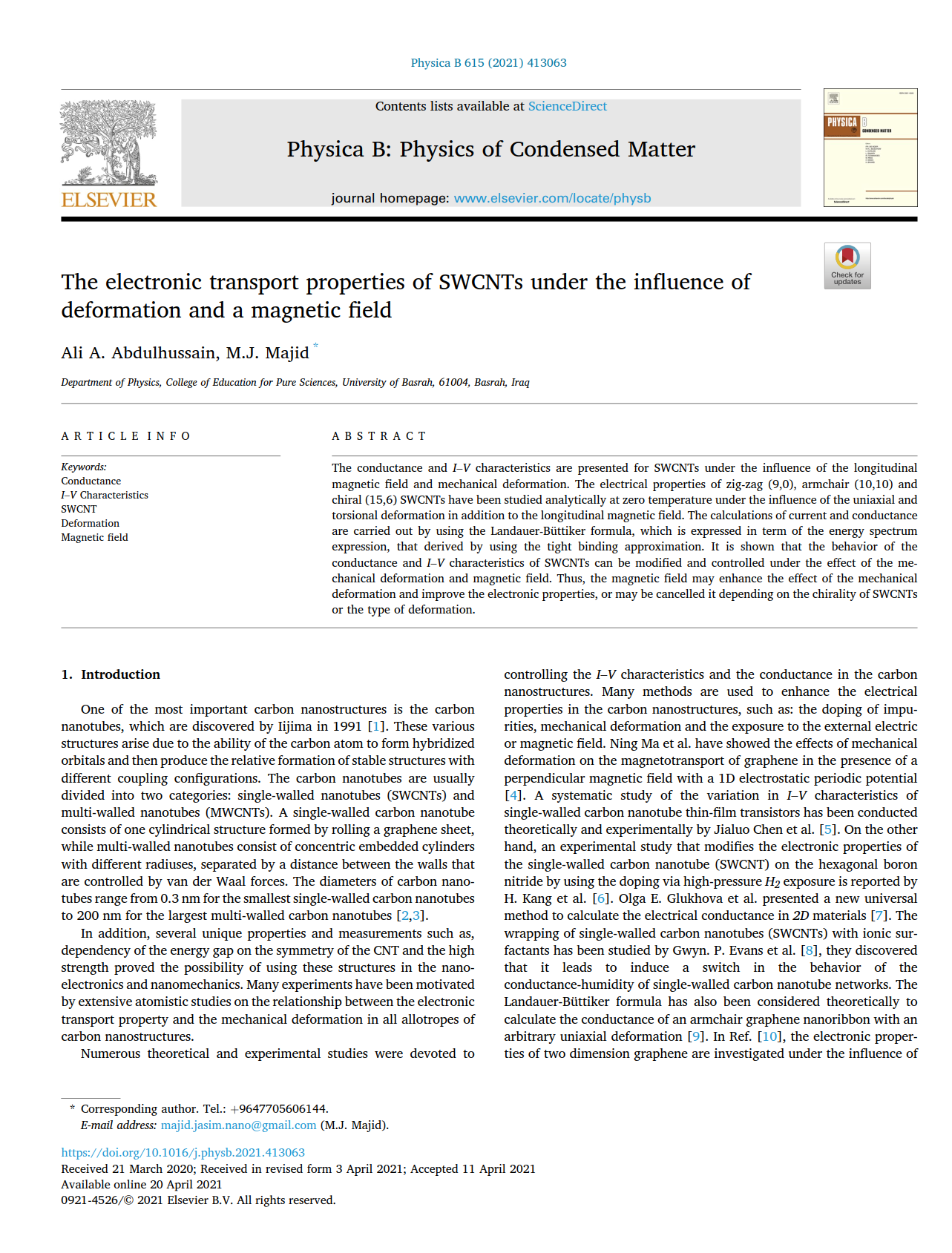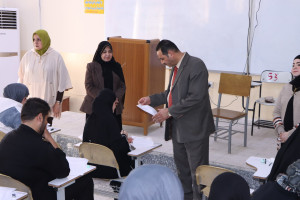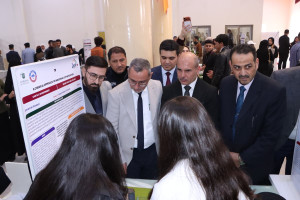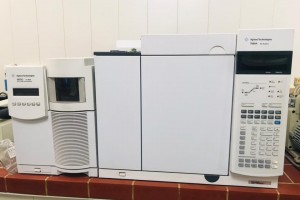
The electronic transport properties of SWCNTs under the influence of deformation and a magnetic field
The conductance and I–V characteristics are presented for SWCNTs under the influence of the longitudinal magnetic field and mechanical deformation. The electrical properties of zig-zag (9,0), armchair (10,10) and chiral (15,6) SWCNTs have been studied analytically at zero temperature under the influence of the uniaxial and torsional deformation in addition to the longitudinal magnetic field. The calculations of current and conductance are carried out by using the Landauer-Büttiker formula, which is expressed in term of the energy spectrum expression, that derived by using the tight binding approximation. It is shown that the behavior of the conductance and I–V characteristics of SWCNTs can be modified and controlled under the effect of the mechanical deformation and magnetic field. Thus, the magnetic field may enhance the effect of the mechanical deformation and improve the electronic properties, or may be cancelled it depending on the chirality of SWCNTs or the type of deformation.The conductance and I–V characteristics are presented for SWCNTs under the influence of the longitudinal magnetic field and mechanical deformation. The electrical properties of zig-zag (9,0), armchair (10,10) and chiral (15,6) SWCNTs have been studied analytically at zero temperature under the influence of the uniaxial and torsional deformation in addition to the longitudinal magnetic field. The calculations of current and conductance are carried out by using the Landauer-Büttiker formula, which is expressed in term of the energy spectrum expression, that derived by using the tight binding approximation. It is shown that the behavior of the conductance and I–V characteristics of SWCNTs can be modified and controlled under the effect of the mechanical deformation and magnetic field. Thus, the magnetic field may enhance the effect of the mechanical deformation and improve the electronic properties, or may be cancelled it depending on the chirality of SWCNTs or the type of deformation.The conductance and I–V characteristics are presented for SWCNTs under the influence of the longitudinal magnetic field and mechanical deformation. The electrical properties of zig-zag (9,0), armchair (10,10) and chiral (15,6) SWCNTs have been studied analytically at zero temperature under the influence of the uniaxial and torsional deformation in addition to the longitudinal magnetic field. The calculations of current and conductance are carried out by using the Landauer-Büttiker formula, which is expressed in term of the energy spectrum expression, that derived by using the tight binding approximation. It is shown that the behavior of the conductance and I–V characteristics of SWCNTs can be modified and controlled under the effect of the mechanical deformation and magnetic field. Thus, the magnetic field may enhance the effect of the mechanical deformation and improve the electronic properties, or may be cancelled it depending on the chirality of SWCNTs or the type of deformation.The conductance and I–V characteristics are presented for SWCNTs under the influence of the longitudinal magnetic field and mechanical deformation. The electrical properties of zig-zag (9,0), armchair (10,10) and chiral (15,6) SWCNTs have been studied analytically at zero temperature under the influence of the uniaxial and torsional deformation in addition to the longitudinal magnetic field. The calculations of current and conductance are carried out by using the Landauer-Büttiker formula, which is expressed in term of the energy spectrum expression, that derived by using the tight binding approximation. It is shown that the behavior of the conductance and I–V characteristics of SWCNTs can be modified and controlled under the effect of the mechanical deformation and magnetic field. Thus, the magnetic field may enhance the effect of the mechanical deformation and improve the electronic properties, or may be cancelled it depending on the chirality of SWCNTs or the type of deformation








